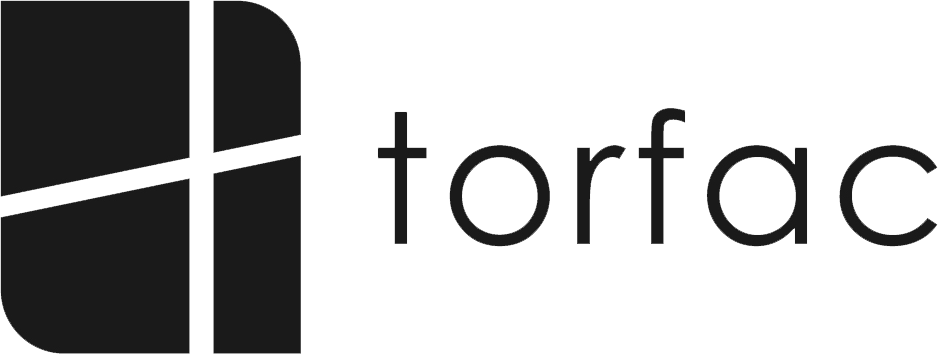
From the purchase behaviour of targeted consumers to the likelihood of them paying a particular price for a product or service, market research helps businesses understand all of it and enables them to make informed strategic decisions based on the collected data. The information collected from market research is used to customize marketing and advertising strategies. It can also be used to determine what exactly do the consumers want from the product, service or the brand itself. The methods of market research can be broadly classified into two; primary and secondary, with further classifications depending on the sources and tools used in both.
Primary Market Research
Primary market research is a procedure in which organisations or businesses contact end users directly or hire a third party to conduct relevant studies in order to obtain data. The information gathered can be qualitative (non-numerical) or quantitative (numerical or statistical data).
There are two sorts of data that can be collected during primary market research: exploratory and specific. Exploratory research is a kind of open-ended research in which a problem is investigated by asking open-ended questions in an extended interview format, usually with a rather small group of persons. The sample size is limited to 6-10 people in this study. Specific research, on the other hand, is more focused and is done to tackle problems that exploratory research has detected. The data for a qualitative market research study is semi-structured or unstructured, and it is obtained using some of the most common qualitative research methods, such as:
Focus Groups: One of the most often utilised qualitative research methods is focus groups. A focus group is a small group of individuals (6-10) who are often invited to take part in online surveys.
Ethnographic research: This form of in-depth study takes place in the respondents’ natural environments. This method involves the interviewer adapting to the respondents’ natural surroundings, which might range from a city to a distant village, and can take days, months, or even years.
One-to-one interview: As the name implies, this process involves interaction with people in the form of an interview, in which the researcher asks the respondents a series of questions in order to gather information or data. The questions are generally open-ended and written in a way that encourages responses.
Through the above mentioned methods and a well-structured mechanism, data is easily collected and reported. Necessary action can then be taken with all the information that is made available first hand.
Secondary Market Research
Secondary market research makes use of data collected and compiled by third parties such as government agencies, the media, and chambers of commerce. Newspapers, newsletters, books, commercial websites, free government and non-government institutions, and so on all publish this information. The following are examples of secondary sources:
Public sources: Such as libraries, are excellent places to find free information. Government libraries typically provide free services, and a researcher can document and report the material that is available.
Commercial sources: Commercial sources are relatively more expensive, despite their reliability. These include local newspapers, magazines, journals, and television.
Educational Institutions: Although not a popular source of information, most colleges and educational facilities are a valuable source of data because they conduct more research projects than any other industry. All of the above mentioned methods of market research are absolutely essential to gather meaningful data. This data is then effectively leveraged for drawing conclusions and making business decisions. Torfac utilises all of these methods to the fullest extent and helps companies make the most sound strategic decisions for their comprehensive growth.
Connect with us to find out how our category leading market research solutions can help you scale up your business.
Torfac
Data Driven Diligence
